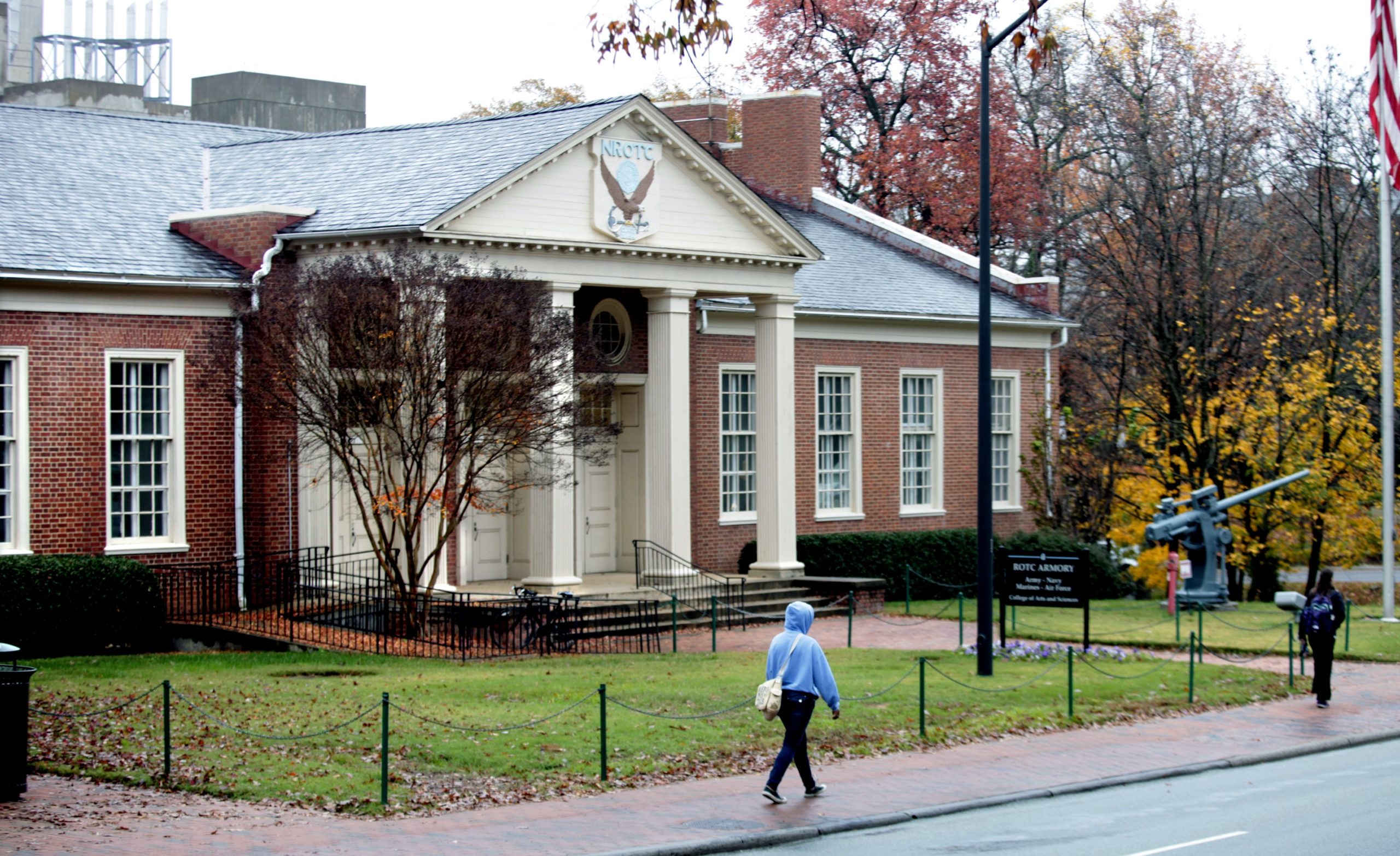Think about your college timeline in the new year

New Year’s is a time for resolutions and reorganization. If you’re the parent of a high school freshman or sophomore, or particularly if you’re the parent of a junior, now is the time to understand and start implementing the college timeline.
There is no need to be intimidated. With proper planning and execution, you have plenty of time to research and visit colleges and complete the applications.
If you anticipate that your child will be applying to any of the more selective colleges and universities, the earlier you initiate the process, the better.
College preparation in high school varies widely; private schools tend to start earlier and offer families much more direct contact with their guidance staff.
According to research conducted by the Independent Educational Consultants Association, public school students in the United States, on average, receive about 38 minutes of personal college counseling with their guidance counselors over four years, and six out of 10 students reported receiving no college counseling whatsoever. Nationally, the current student-to-counselor ratios are 476 to one, and in California they are 1016 to one; which might explain the burgeoning college consultant market.
The two most important factors for any college application are:
- The rigor of a student’s coursework, i.e., just how competitive are the classes a student has chosen to take, and
- the student’s performance in each of the selected classes.
This means that course selection for all four years is critical; especially if a student has lofty goals of attending a selective college or university. It means that families need to plan out not just the next year but the following years.
It’s also important to understand the point values in your school system for different courses: standard college prep, honors classes and Advanced Placement, and International Baccalaureate.
North Carolina changed its point value system a few years ago. The old point value awarded 6.0 points for an A in an IB/AP course, 5.0 points for an A in an honors course and 4.0 points for an A in a standard college prep/elective course.
The new point values have been in place for current juniors and all classes thereafter for the last two years. Now, an A in an AP/IB course is worth 5 points, an A in an honors class receives 4.5 points and an A in a standard college prep course or elective receives the same 4 points. Yearly and cumulative GPAs will be lower.
The change in point values will impact how current juniors compare their GPAs to current seniors, since some of the strongest students will be graduating this June with over a 5.0 GPA, and that will no longer be possible.
Check out prerequisite courses for the most advanced courses. Ask your guidance counselor about doubling up by taking two courses in the same year – for example: Math 3 and Honors Pre-Cal – foreign language and science courses so that your student is prepared to take what interests him or her the most.
It is also important to check on course expectations at each of the colleges on your list. In the Princeton Review, Best 382 Colleges, 2018 Edition, this information is published on the right side of every college description, and it is frequently a surprise to many families.
It is not shocking that the more selective schools have more rigid requirements. As an example, Wake Forest, Emory, University of Richmond and Davidson all recommend four years of the same foreign language. That means that even if you don’t like Spanish 3 as a junior, you will still probably need to enroll in Spanish 4 as a senior if any of those schools are on your list.
Look closely because some colleges, like the University of South Carolina, have particular requirements such as a “Visual/Performing Arts” class. That means it must be on your transcript, so you can take it in your senior year.
Bierer is an independent college adviser based in Charlotte. Send questions to:lee@collegeadmissionsstrategies.com; www.collegeadmissionsstrategies.com





